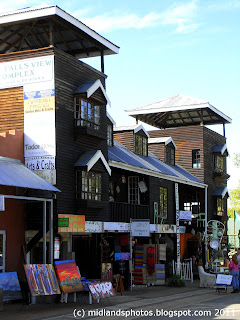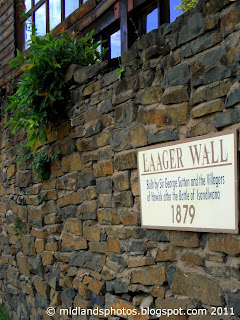How dramatically the views of the mountains can change!!! From the snows of last week we had the sky glowing red with a massive fire on the very same mountain slopes to the west of Howick last night. In the space of a mere hour the flames flared, spread, and passed - but at their height they gave the dark night skyline an appearance I imagine akin to an erupting volcano. I hope there was no serious damage to forests or to life - the day's news reports will no doubt tell, but in the meantime here is the drama of it all. Midlands life is full of surprises.
I should have used a tripod to stabilise the camera for this shot, but as so often happens I was afraid that losing time in setting it up would have meant the moment may have passed. I did get one out and the fear proved to be true - by the time I was ready to shoot again the flames had mostly moved over the crest of the mountain, and the tepid images that followed are not worth sharing.



